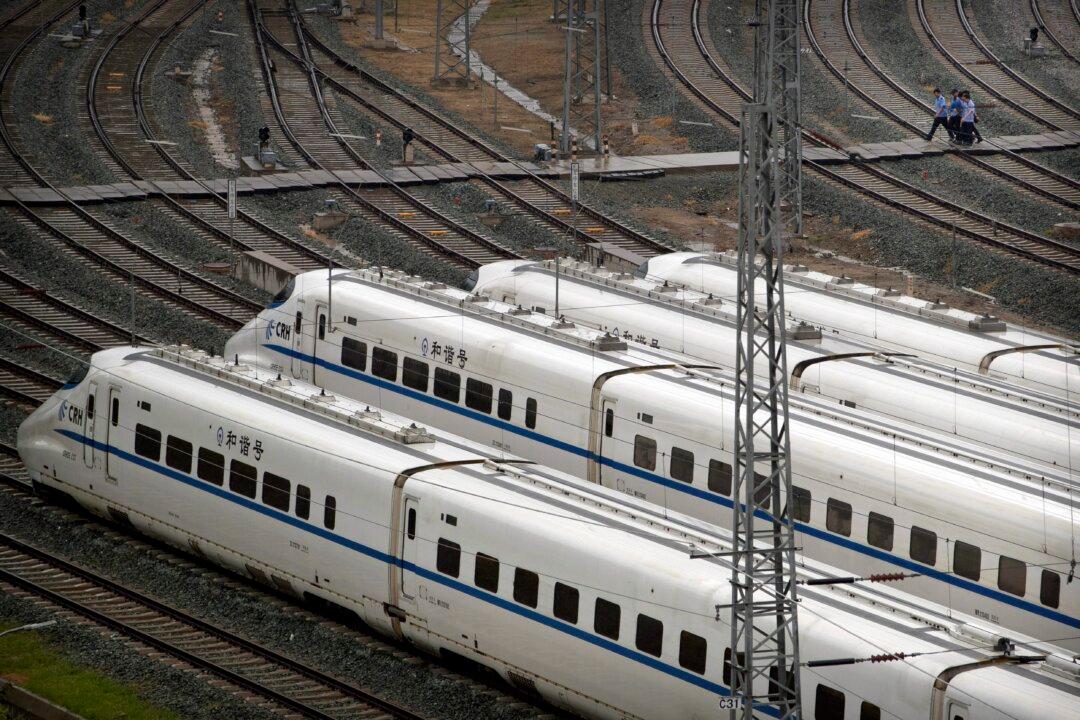Commentary
Beijing remains committed to developing the nation’s extensive high-speed rail system, although there may be more effective uses for this funding and urgent economic priorities to consider.

Beijing remains committed to developing the nation’s extensive high-speed rail system, although there may be more effective uses for this funding and urgent economic priorities to consider.